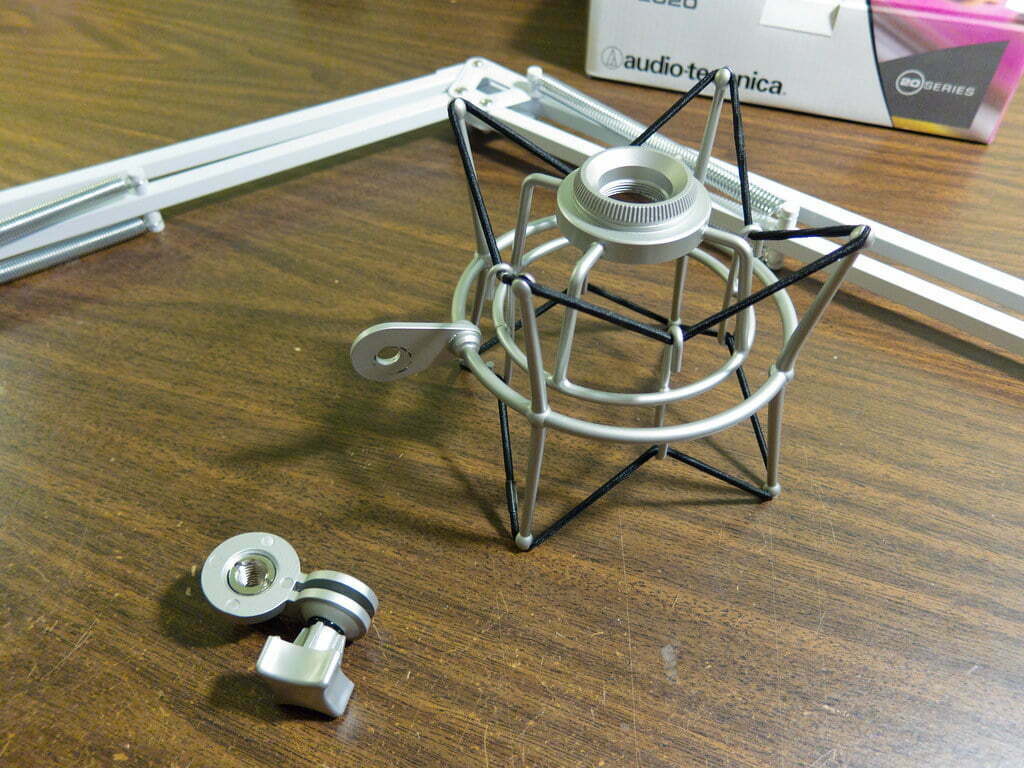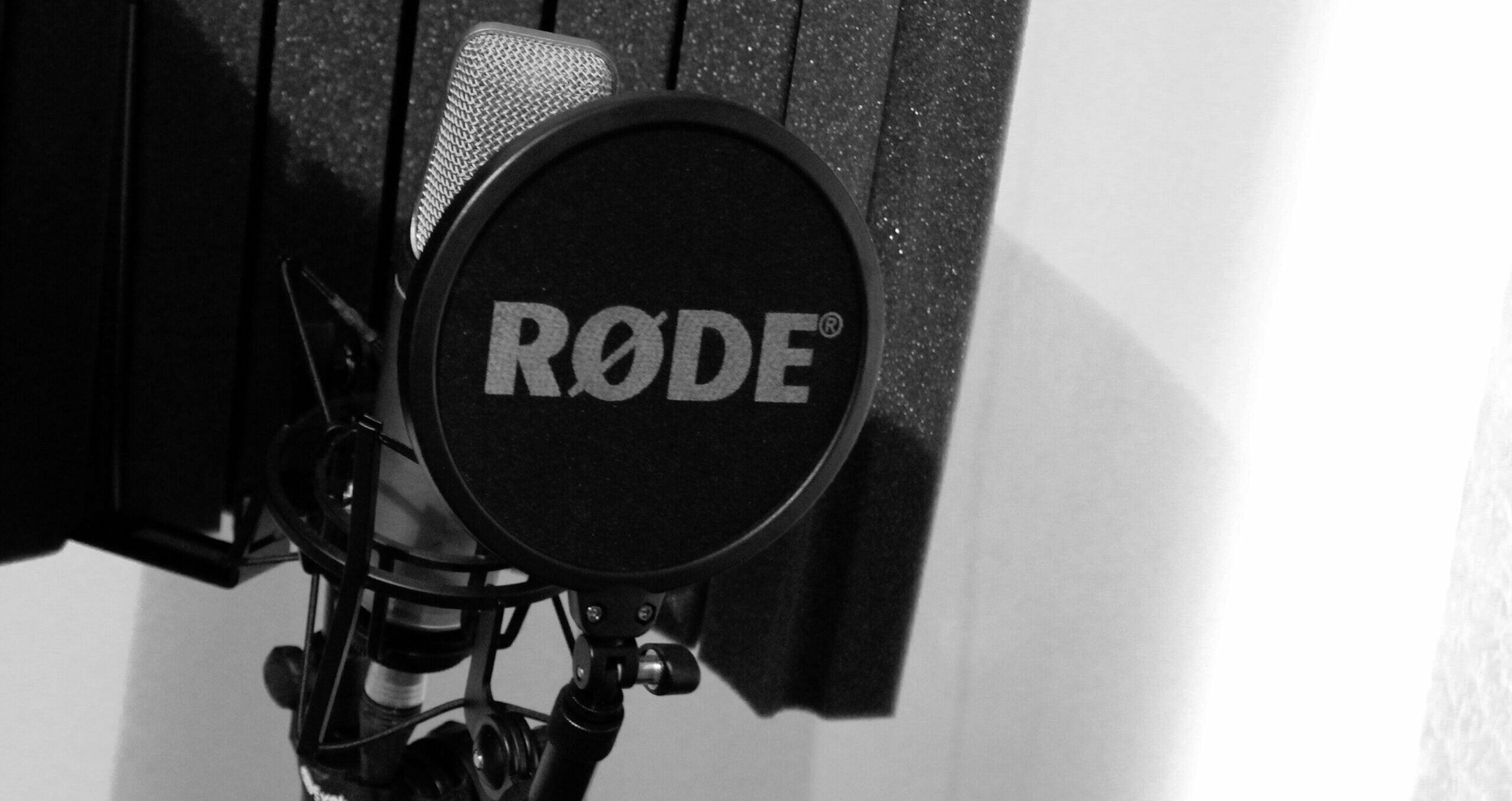
A shock mount is a device that suspends a microphone within an elastic system, which absorbs any vibration from the surface it’s placed on, thus preventing unwanted noise from affecting the recording. A shock mount is used to isolate a microphone from unwanted mechanical vibrations that can occur in the environment where the microphone is placed. It is especially useful in cases where the microphone is mounted on a stand, as the stand can act as a conductor, transmitting any vibration or movement from the floor or the stand itself to the microphone.
Without a shock mount, the microphone can pick up unwanted vibrations, which can result in a recording with a low-quality sound. These vibrations can come from the surface the microphone is placed on, or from other sources such as foot traffic, air conditioning units, or other electronic devices. These vibrations can cause the recording to have a rumbling or buzzing sound, which can be distracting or make the recording unusable.

A pop filter, on the other hand, is used to eliminate the popping sounds that can occur when a speaker or singer produces certain sounds or syllables that cause a blast of air to hit the microphone. This usually happens when words containing “p”, “b”, “t”, or “k” are pronounced, and the sudden burst of air can cause a popping sound in the recording. A pop filter is a simple device that is placed in front of the microphone and acts as a barrier, stopping the air from hitting the microphone directly. This results in a cleaner and clearer recording, without any pops or bursts of air that can be distracting or ruin the quality of the recording, since these sounds may be impossible to remove during post-production.
There are different materials that pop filters can be made from, each with its advantages and disadvantages.
- Nylon pop filters: These are the most common type of pop filters and are usually made from a single layer of stretched nylon. They are affordable and lightweight, making them easy to mount on a microphone stand. They are also easy to clean and are durable. However, they are not as effective at filtering out plosives as other materials.
- Metal pop filters: These are made of a fine metal mesh and are more durable than nylon pop filters. They are also more effective at filtering out plosives than nylon pop filters. However, they are more expensive and heavier than nylon pop filters, which can make them more difficult to mount.
- Foam pop filters: These are made of foam material and are effective at filtering out plosives. They are also inexpensive and lightweight. However, foam pop filters can absorb moisture, making them more prone to wear and tear.
In summary, a shock mount is used to eliminate unwanted vibrations and noise, while a pop filter is used to prevent pops and bursts of air from affecting the recording. Both are essential tools for any recording environment, especially for professional recording studios or podcasters, as they can help to produce high-quality recordings with a clean and clear sound.










































































































